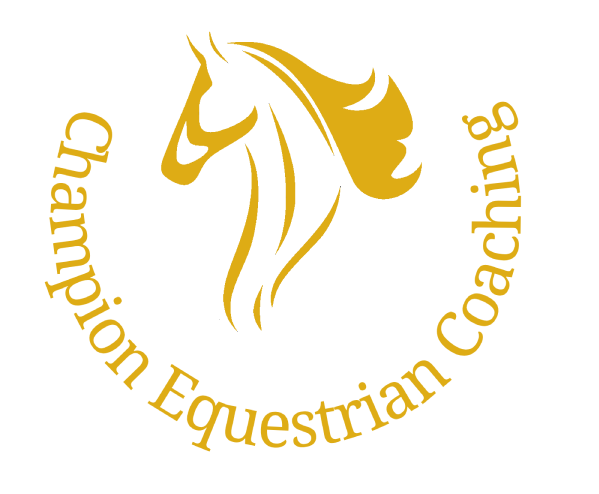We all know that we and our horses should be wearing high-visibility (hi-vis) when we ride out to make ourselves visible and ensure other people can react in time. For example, drivers can slow down, dogs can be recalled and put on the lead. There are also other instances where we want to be visible from all angles, such as helicopters or low-level planes travelling overhead, or a drone being operated.
Although there is a current trend for ‘matchy-matchy’ outfits in beautiful hues inspired by nature, this is not in our best interests when riding out. I certainly have no desire to blend into the hedgerow so that drivers don’t see me until the last second and there’s a near miss, or even an accident.
So what can we do and what are the best options?
You probably already know that fluorescent colours are most effective during the day, but do you know why? In plain terms, they soak up invisible ultraviolet (UV) light from the sun and then glow, or give off, that light as a colour we can see. It’s like they make their own light, which helps them stand out and appear very bright against other backgrounds.
Do you also know that different hi-vis colours are designed for different lighting conditions, all with a view to maximising visibility and safety?
Here’s a breakdown:
- Fluorescent yellow: This is often considered the most effective hi-vis colour for low-light conditions, as it enhances visibility more than other colours. It is also highly visible during the day because it is at the peak of human eye sensitivity.
- Fluorescent orange: This is a good choice for outdoor environments, especially where there is a lot of greenery, as yellow can blend in with the background. Orange also has good visibility in dull light.
- Bright pink: This is particularly effective in bright sunlight and it also stands out well against most natural backgrounds, such as fields or trees. It isn’t as effective in dull weather unless it is in contrast with the surroundings.
- Bright lime green: Lime green is highly visible in daylight and is effective in environments where contrast is needed, such as against darker or more muted backgrounds. Like pink, it’s effectiveness is diminished in low light.
- Two-tone hi-vis: Some hi-vis items combine two colours, giving greater versatility through seasons, light levels and also different settings such as riding in town vs in the countryside; many hacks will combine elements of both.
Many items also include reflective strips or sections, to bounce light straight back where it came from (this is called retroreflection). These are a great addition, but you shouldn’t rely solely on reflective clothing to make you and your horse visible to other people; you need the combination of hi-vis and reflective strips.
What hi-vis is available for riding out?
When riding out, hi-vis clothing and accessories are crucial for safety, including – and this is a scenario no-one wants to think about – if you have a serious fall in a remote area and search and rescue, or even an air ambulance are scrambled to find and collect you. Here are some recommendations for both riders and horses:
For Riders
- Hi-vis jackets or tabards: These are highly recommended for riders to increase visibility as they’re large items and, because of the height of the mounted rider, can often be seen over cars, hedges, etc. Look for items that combine fluorescent and reflective materials to be seen in both daylight and low-light conditions.
- LED lights: Incorporating LED lights with rechargeable batteries into your hi-vis gear can significantly enhance visibility, especially in low-light conditions.
- Reflective hat silks: These can add extra visibility when worn over riding helmets and help ensure you’re seen from all angles.
- Riding tights: There are options which include hi-vis and reflective stripes so that there is greater visibility from the side.
- Hi-vis gloves: A brilliant addition to ensure that your hand signals are clear to all.
For Horses
- Leg bands: These help increase visibility from all angles.
- Exercise sheets and rugs: Hi-vis exercise sheets and rugs not only keep the horse visible but, depending on their material, can also provide warmth and protection from the elements.
- Bridle covers: Additional reflective or hi-vis bridle covers can further enhance visibility from different angles.
Standards
The current European standard for protective clothing is EN 17353:2020, which means that they have been tested and verified for performance, so check that your hi-vis items carry this for peace of mind.
In summary
- Choose the right colours: Consider the setting, the time of year, the time of day, and the quality of the light when selecting your hi-vis items.
- Look after your gear: To work, hi-vis and reflective items need to be kept clean. However do check the washing instructions as fluorescence will be gradually reduced with each wash. Hang up to air and brush off dirt and dust when dry to maintain visibility performance without excessive washing.
- Leave nothing to chance: Combine fluorescent and reflective materials with strategic placement of LED lights for optimal visibility of you and your horse to reduce the risk of accidents and mishaps.
And my own, very personal view, is that if I don’t resemble a mismatched fruit salad that can be seen from space, then I don’t have enough hi-vis on!
Happy hacking!

